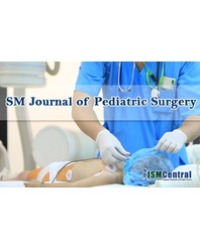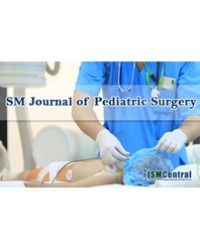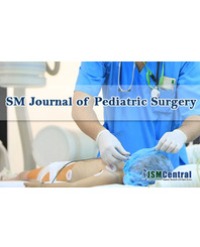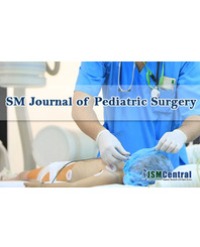
Radiological Anatomy of the Colon and Rectum in Children
Objective: To determine the width of the rectum and different parts of the colon, as well as the length of the anal canal in children of different ages without chronic constipation for the precise diagnosis of megarectum, megacolon and the pathology of the puborectalis muscle.
Material and method: We analyze the results of X-ray investigation of the colon in 65 children of different ages, without the pathology of the colon and anorectum. The barium enema was conducted to determine the cause of the acute and chronic abdominal pain, anemia and for tumor localization. The barium was injected under the same hydrostatic pressure up to the reflux into the ileum.
Results: The true width of the rectum, the different parts of the colon and anal canal length in different age groups were determined. Method for analysis of X-ray data was proposed. Examples of diagnostics for various diseases are given.
Conclusion: Hydrostatic barium enema and the proposed method for estimating the magnitude of the rectum, colon and anal canal length, as well as the state of the puborectalis muscle are the precise diagnostic methods can be used for diagnosis and scientific analysis of the functional constipation, anorectal malformation, and other diseases of this area.
Levin M¹²*




